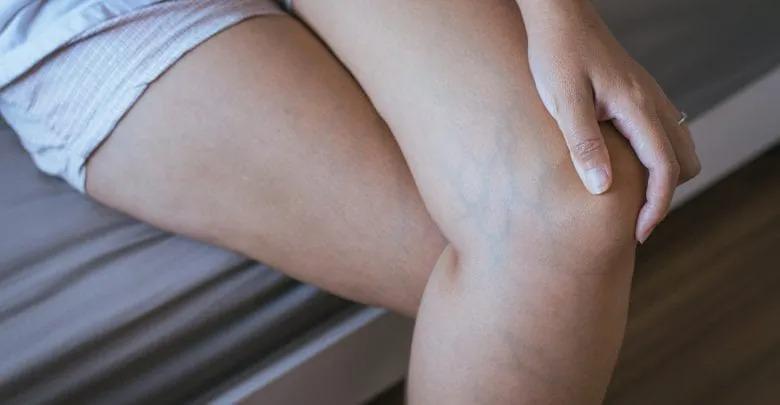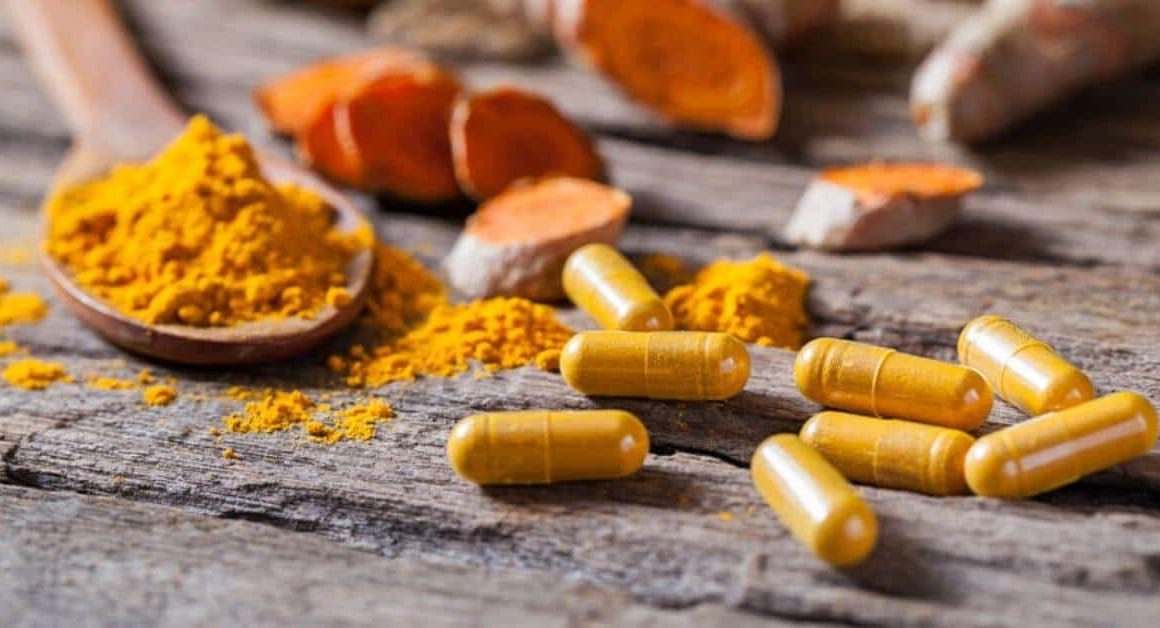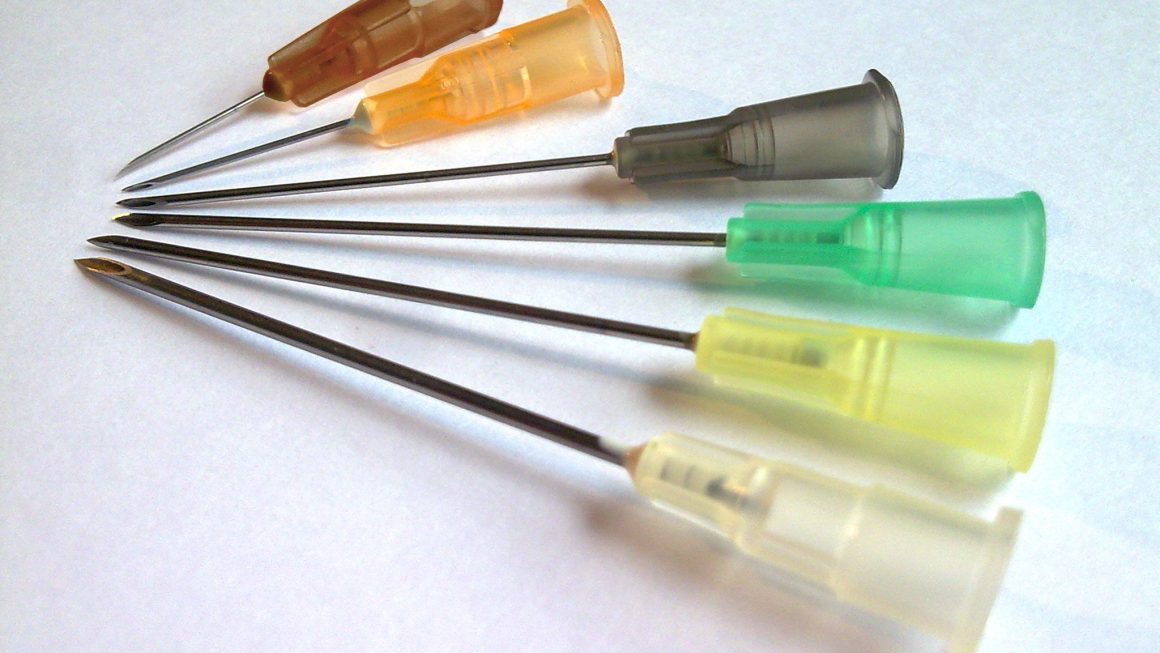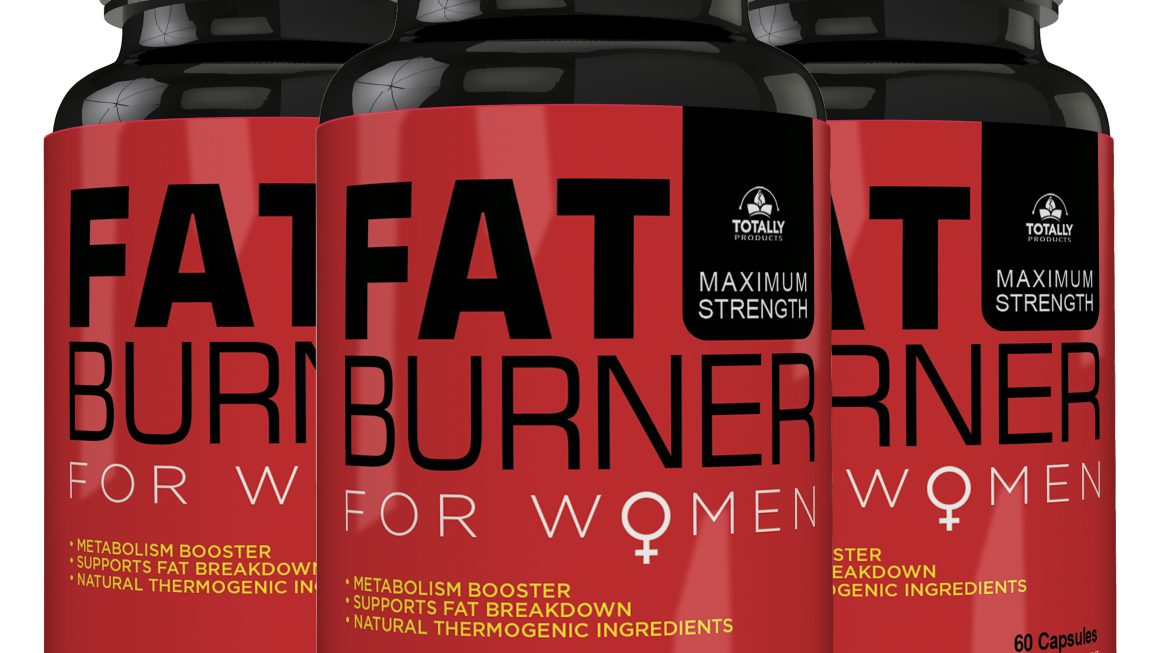These are enlarged, and twisted veins present just below the skin’s surface. So, any vein present near the surface can be called varicose if they get enlarged. These are very common, and millions of people report them these days. Legs are the most commonly affected body parts in this case. The pressure is the maximum on the lower body while standing and walking. So, the veins get enlarged due to the pressure. Further, people seek various varicose veins in buttocks treatment to reduce the condition.
What are the causes of varicose veins?
When the veins are not functioning correctly, they get varicose or enlarged. It means that the valves of the veins fail to prevent the blood from flowing in the backward direction. So, it gets accumulated in the veins instead of rushing to the heart.
The reason why legs are affected the most is the gravity of the Earth. The legs are the farthest body part from the heart, making it the hardest to flow to the heart. So, the blood gets collected in the veins over time and enlarged.
The following conditions are associated with varicose.
- Menopause
- Pregnancy
- Age of 50+ years
- Long periods of standing
- Obesity
- Genetic factor

Symptoms
Most people don’t report any pain or discomfort. The most common signs observed are:
- Blue or dark purple veins
- Spider web-like veins in the lower legs
- Bulging or twisted veins
- Bird-like veins on the legs (or other parts of the body)
However, some other people report a few symptoms mentioned below.
- Legs feeling heavy
- Slight pain or discomfort in the legs
- Muscle cramps in the lower legs
- Throbbing, burning, swelling in legs
- Itching and irritation around the veins
- Color change in the skin around the varicose.
Spider veins are also similar to varicose veins but are usually smaller. These can be red or blue. These are present on several body parts like the face.
Diagnosis
Many people diagnose themselves with varicose vein conditions with a simple Google search. Also, these are more common than one might expect. But if they go to a professional, the doctor is most likely to examine the legs while standing and walking. They may also inquire and educate about other symptoms like pain or itching.
Some doctors also prescribe to get an ultrasound done. It enables them to check their blood flow. Further, it is a non-surgical and relatively accessible procedure that can help the treatment. Another process is the venogram. It is the process in which the professional injects a specific colored dye into the skin and then runs an X-Ray.
People who don’t experience any symptoms may feel that a venogram and ultrasound are unnecessary. However, the veins may indicate a blockage in the heart and other health concerns. So, running precautionary tests becomes mandatory.
Top varicose veins in buttocks treatment
Many doctors advise non-invasive methods rather than surgical methods. Here are the recommended varicose veins in buttocks treatment options.
Healthy lifestyle
Doctors advise the following lifestyle changes for varicose veins.
- They are not standing for a long time at one go.
- Losing weight or maintaining the optimal body weight to decrease pressure on the legs
- Exercise and meditation to improve the blood circulation
- Using compression stockings or socks
One should remember that the varicose condition is not curable. The treatment options and lifestyle changes can only improve the situation but can’t eliminate it.
Compression treatment
Some doctors also recommend that patients try compression stockings or socks. These regulate the pressure on the legs, allowing the blood to flow to the heart. These socks are available in many medical stores and pharmacies that one can purchase, like over-the-counter drugs.
Surgery
It is an uncommon treatment, and doctors don’t usually suggest it for most patients. When the pain becomes hard to bear, the veins start affecting other health aspects of the patient. The most common invasive procedures include stripping and vein ligation.
After cutting them, the surgeon cuts the skin and removes the varicose veins via the incision. The new variations of these procedures have also come up but are not as popular.
Other options
Here are some miscellaneous options.
- Sclerotherapy – injecting chemical liquid or foam to block the more prominent veins
- Microsclerotherapy – injecting chemical liquid to block the smaller veins
- Laser surgery – Blocking off veins using light energy
- Endovenous ablation therapy – Blocking off veins using radiofrequency
- Endoscopic vein surgery – inserting a small scope via an incision to block a vein.
The treatment the doctors recommend depends on the symptoms, location, and size of the veins.
Complications
Although the chances are more minor, varicose veins can lead to complications.

- Blood clots
The varicose veins develop when the blood accumulates in the veins. So, these can lead to blood clots, causing severe pain and swelling in the legs. These can affect the overall health. So, one should consult a doctor as soon as possible.
- Ulcers
Painful ulcers may appear on the skin around the varicose veins. These are most common around the ankles. One can observe discolored patches on the feet and lower legs, indicating that the ulcers are about to form. Leg ulcers can get ugly, making it mandatory to reach out to a doctor as soon as possible.
- Bleeding
It happens when the veins clog or close completely, leading to the skin bursting out. The bleeding is usually minor, but the indications can be harsh. So, one should go to the doctor as soon as possible.
Prevention
Since the varicose nerves are not curable, prevention steps go long. Here are some preventions.
- One should avoid tight bottoms and high heels, which disrupt the pressure on the feet.
- Sitting, standing, and walking in a healthy posture is a must.
- Consuming a low-sodium and high-fiber diet helps as well.
- It is always advisable to exercise to keep the body moving and regulate pressure.
- One should also keep track of their body weight and take steps to lose weight if they need to.
- Another great way to improve blood circulation in the legs is lying down and raising the legs in the air. One can also do so while sitting.
So, using these tips, one can prevent varicose veins altogether. After all, avoiding any condition is more desirable than looking for a cure.



